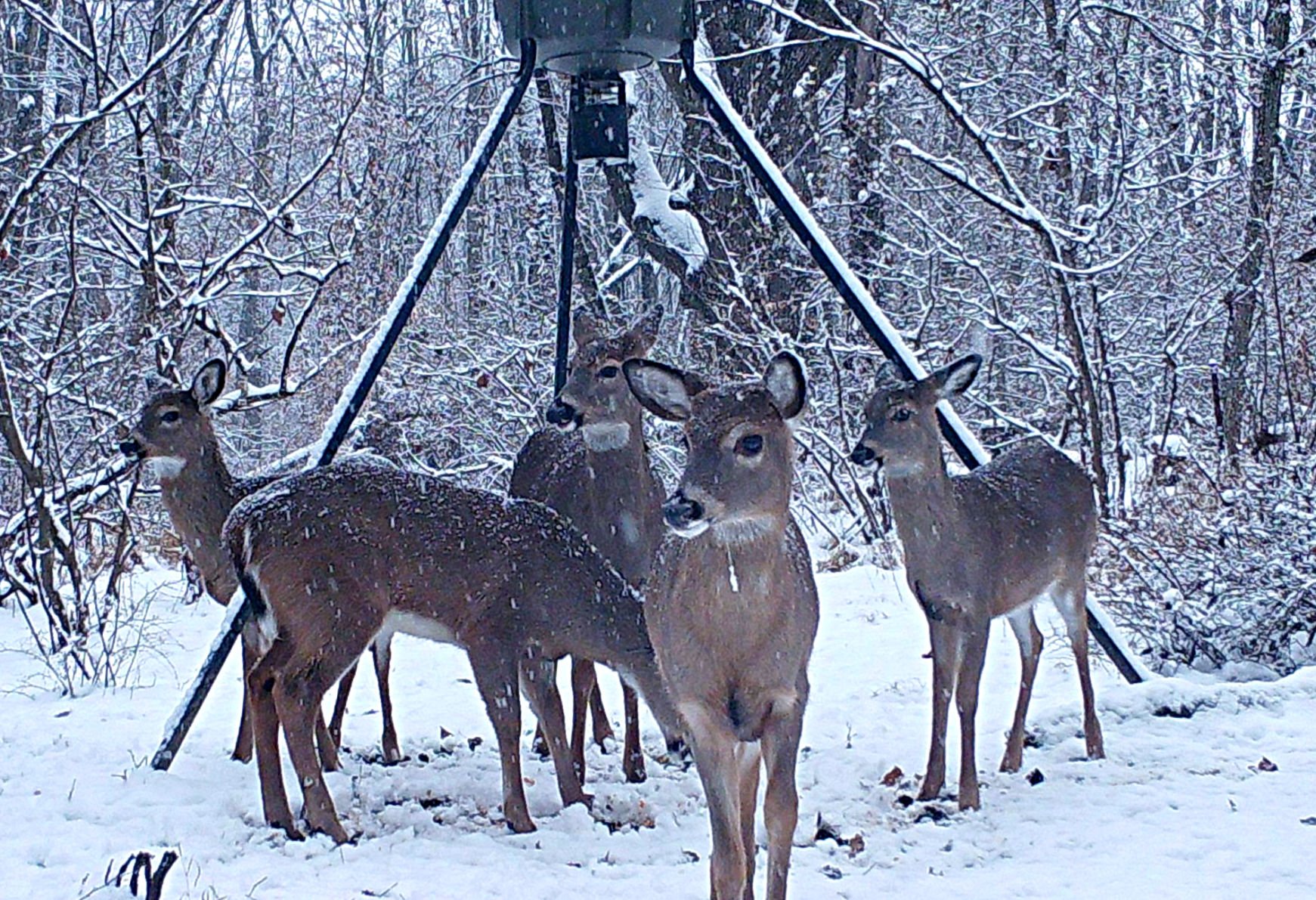

“So we’re never going to have that black and white moment,” said commission president Tim Layton of Somerset County. It’s hard to predict where it might go, too. The disease is hard to detect and harder to control, he said. “Over a 25-year period, that deer population potentially declines by about a third,” Rosenberry said. If wasting disease is present in even 3 percent of those animals, though, and those animals survive only half as long as their healthy counterparts, things change. Rosenberry said recent research done in Wyoming suggests that deer infected with wasting disease survive at only about half the rate as healthy deer.Ī deer population with no wasting disease can be managed to stay the same size over 25 years, he said, so long as the commission knows things like harvest rates. “So obviously this is a significant concern for the future of deer and CWD management efforts,” Rosenberry added That would hamstring the commission, as hunters are its chief tool for managing whitetails. “According to preliminary results from our most recent deer hunter survey here in Pennsylvania, if CWD infections reach the level observed in West Virginia and Wisconsin, about a third of our Pennsylvania deer hunters say their interest in deer hunting will decline,” Rosenberry said. In some areas of Wisconsin, for example, 25 percent of deer have the disease. West Virginia and Wisconsin saw similarly low disease rates in the first few years of their outbreaks, Rosenberry said. Less than 3 percent of the deer tested there – killed by hunters, collected dead along roads or otherwise killed – are positive for wasting disease, Rosenberry said. No one wants that, so the goal is to reduce the herds. The concern is that if wasting disease gets into those populations, the size of the deer herd might allow it to spread quickly, Rosenberry said. Hunters kill more bucks per area there than anywhere else in the state. Units 2D and 2E, meanwhile, have healthy deer populations. That trumps any other positives going on there and necessitates maintaining their deer herds where they are, he noted. It’s the hottest of hot spots for wasting disease in the state. But both also lie, at least in part, within disease management area 2. Units 2C and 4A are showing the kinds of forest regeneration that might otherwise allow for their deer herds to grow. “And that has influenced our recommendations in a number of units,” he said. The number of sick deer continues to grow, as does the geographic area where the disease is present. What’s different this time around is how much disease is also playing a role.Ĭhris Rosenberry, head of the commission’s deer and elk section, pointed out that chronic wasting disease continues to spread across the state. Allocations routinely go up or down, depending on deer and forest health and acceptable levels of deer-human conflict. None of that is markedly different from past years. All have more doe licenses this year than last, although in the case of 2G, commissioners upped it only from 25,500 to 30,000, rather than the 39,000 biologists proposed. In three units – 2D, 2E and 2G – the goal is to reduce the herd. That means more doe licenses in some, fewer in others, the same in a couple. The goal is to maintain stable deer population in 16 other units. The biggest jump is in 2C, where the doe allocation went from 31,000 a year ago to 44,000 this fall. So to keep things “stable,” the number of doe licenses available in each for 2018-19 is up over last season. The commission doesn’t want to reduce those populations, but it does want to prevent them from getting any larger. In four of 23 wildlife management units - 2C, 3A, 4C and 4E - the deer herd increased in recent years. They largely followed the recommendations of their deer biologists, with only a few, mostly small, changes made to what was proposed. Pennsylvania Game Commissioners allocated doe licenses at their recent board meeting. The continued presence of chronic wasting disease is one reason why. The Pennsylvania Game Commission wants to maintain the deer herd at existing levels in most, if not all, of the state. Hunters now know how many doe licenses are available for chasing such deer this fall. A whitetail rises from its bed in the spring woods.


 0 kommentar(er)
0 kommentar(er)
